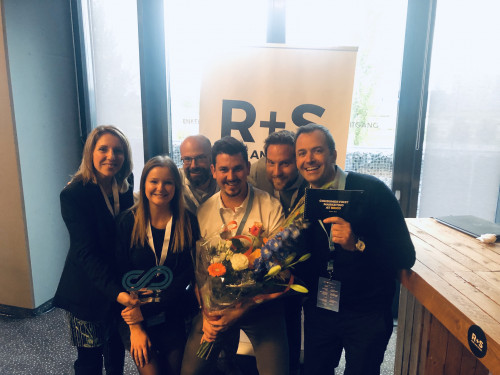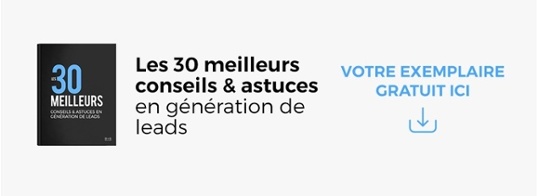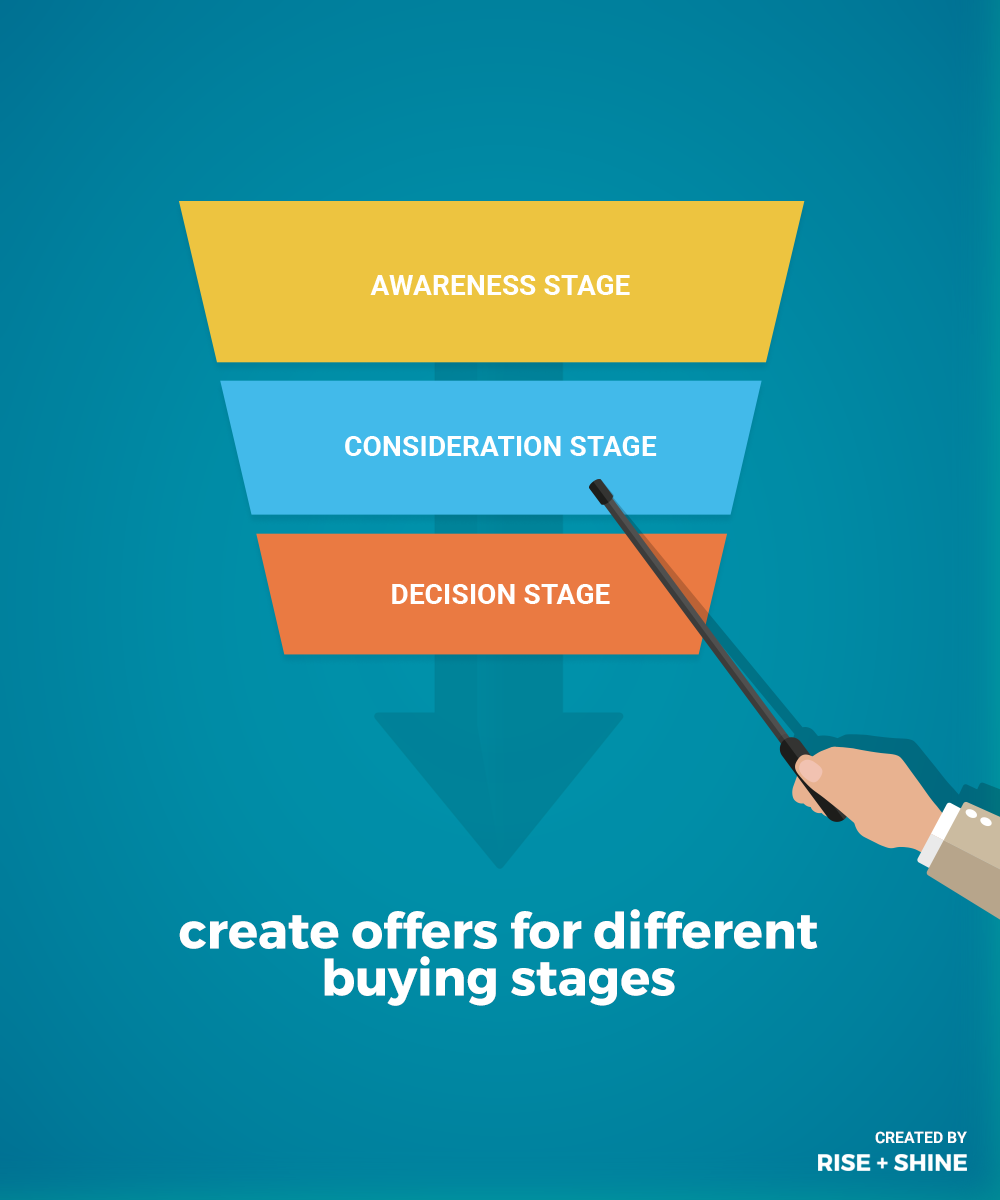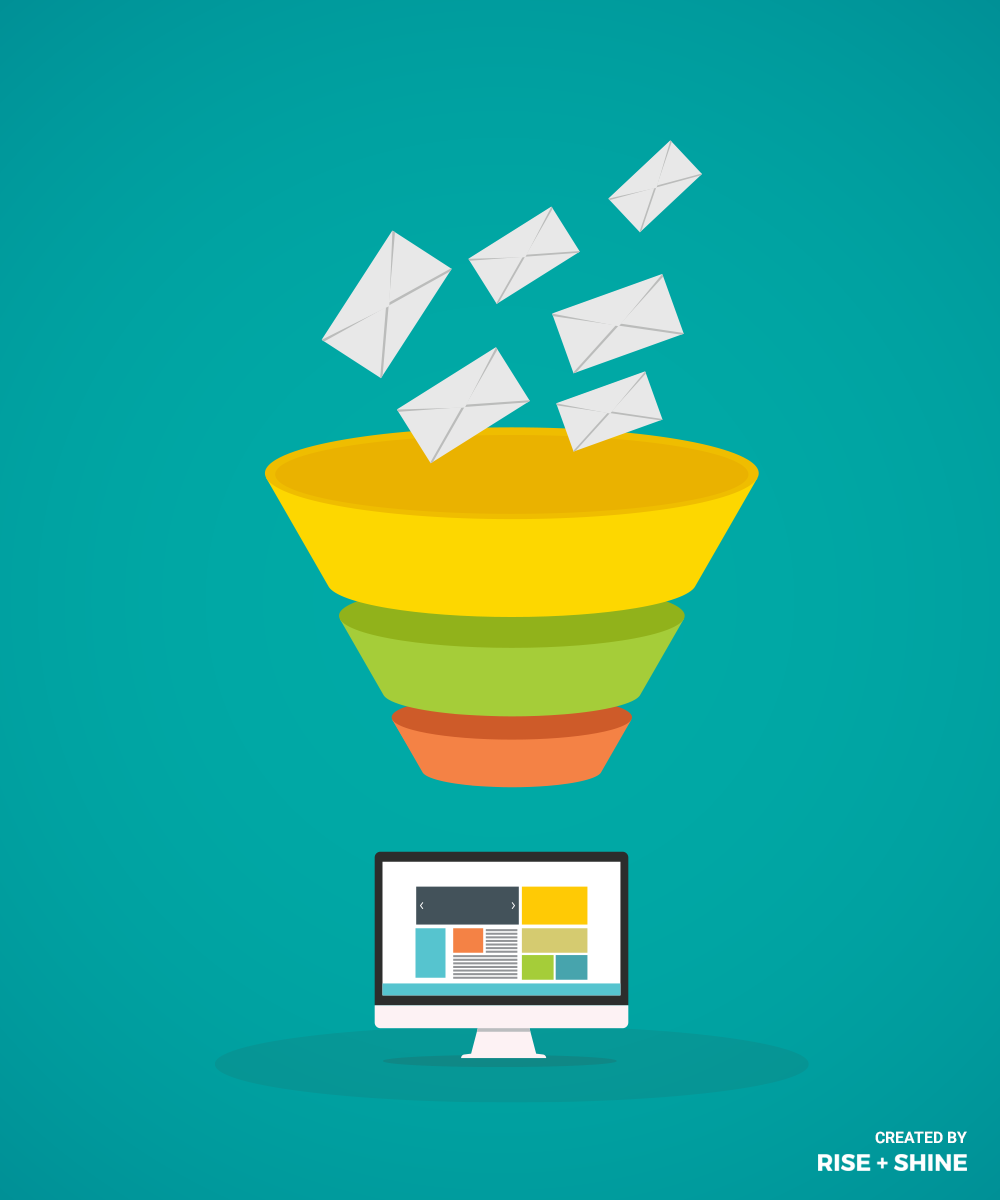How to customize your offering and CTA's
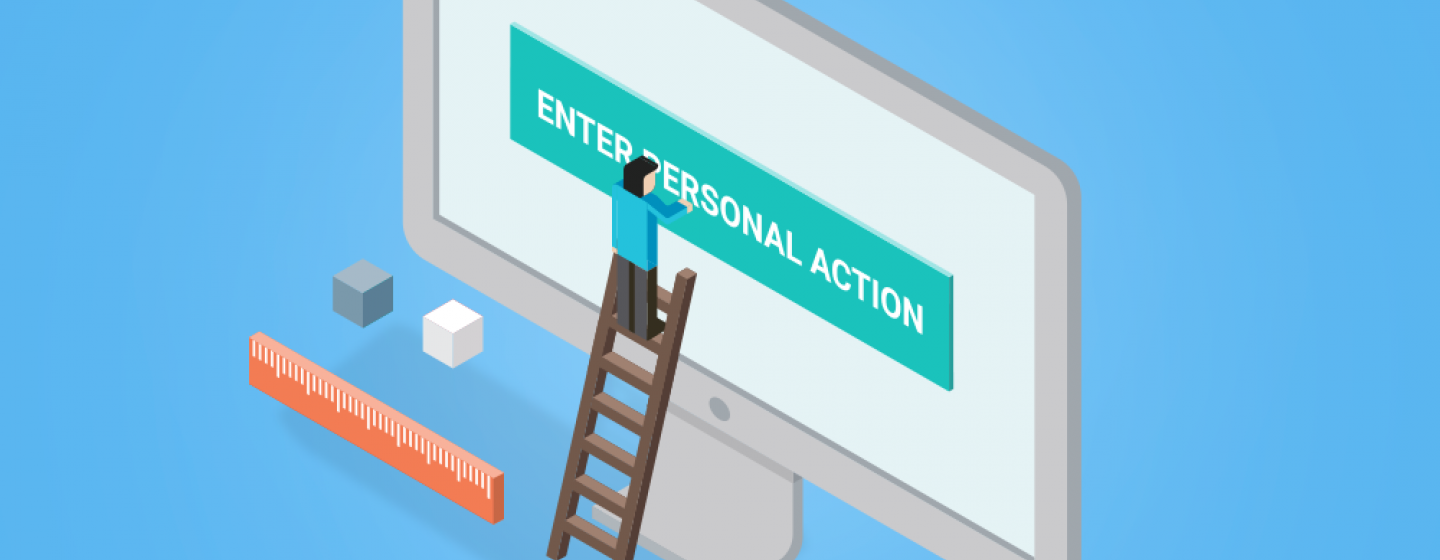
Calls-to-action or CTA’s are an essential tool for any successful inbound marketing strategy, and while you have probably already been using them on your website – there is just so much more that you can get out of them.
When considering how to customize your offerings, smart CTA’s should be a prominent feature. Smart CTAs are a handy tool developed by Hubspot, which is available to those with a professional or enterprise account. They are one of the most effective ways to get the right information to the right people, as the call-to-action can change depending on which visitor is viewing the content.
CTA’s are not one-size-fits-all, and therefore, it makes sense to customize them to suit the different visitors that come to your site. If your company offers different products and services, then it would be a whole lot more effective to create a different offer for each of them and then link them to the product directly. Sending visitors to a targeted landing page, rather than your homepage ensures that they are directed straight to the product/service that they are interested in and are less likely to leave your website after struggling to find what they are looking for.
{{cta('f6859f5f-77b4-465b-8db6-764baab6d65e','justifycenter')}}
The most important aspect of smart CTAs is gathering the information that you need in order to customize them suitably. There are many different avenues that you can take to get the information that you need about your prospective and current clients, but the most common are forms and cookies.
FORMS
Forms are an integral part of being able to fully customize your CTAs. There are a number of different varieties of forms and they could be surveys or simply contact forms on your website, both will gather the information that you need about your customers and allows you to segment them. You can then use this segmentation to send out emails with customized CTA’s.
AXA Bank is a great example of using successful forms and segmentation in a customized call to action campaign. The bank offers two separate car related products: car insurance & car loans. At the 2016 Brussels Motor Show, which attracted over 500.000 visitors, the bank advertised both products. Visitors got to register for promotions leaving key information: their email address and which product they were interested in. Based on this information they created and set up three separate workflows with relevant CTAs to ensure that the relevant information was reaching the correct people.
COOKIES
CTA’s are not just great for converting visitors into leads, but they also make sure that the visitor’s experience is much more pleasant. Another way of gathering information from your customers is to use the information from the web pages they visited. Cookies can be used to determine exactly what it is your client is looking at and which products they are most interested in and likely to buy.
Think of Amazon for example, their website will automatically offer you books in a similar genre of those you have purchased before instead of leaving you to sift through millions of books to find what you want. A better user experience is much more likely to generate a greater conversion rate. Using your previous research and data to fully customize and optimize your CTAs creates an experience that is direct and relevant to your customer and will undoubtedly result in a better user experience.
A study of 93.000 CTA’s on the Hubspot platform found “That calls-to-action targeted to the user had a 42% higher viewed to submission rates than calls to action that were the same for all visitors.” These numbers show that smart CTAs are incredibly effective in improving click through rates and ultimately lead generation.
If you are interested in more information on how customized digital communications can improve your site’s lead generation, download our eBook: 30 Greatest Lead Generation Tips, Tricks and Ideas for expert advice and insights into a successful lead generation campaign.
